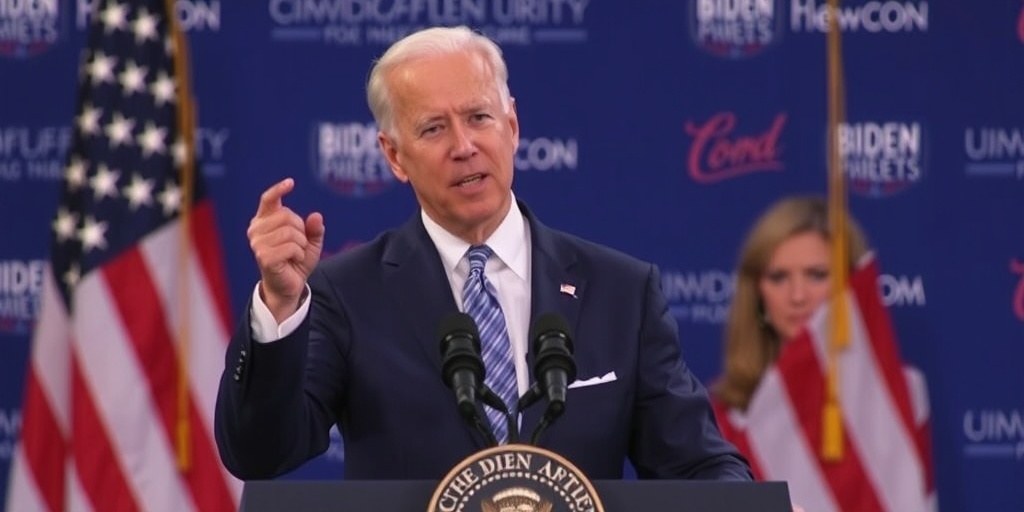Now Reading: Trump’s Team Aims to Lower Immigration Expectations Before Day 1
-
01
Trump’s Team Aims to Lower Immigration Expectations Before Day 1
Trump’s Team Aims to Lower Immigration Expectations Before Day 1

Title: The Challenges Ahead for Trump’s Ambitious Deportation Plans
As President-elect Donald J. Trump prepares to take office, his administration is promising the largest deportation program in American history, a pledge he made repeatedly during his campaign.Trump’s initial aim is to begin a “Day 1” effort to send millions of undocumented immigrants “back home where they belong,” which notably comes with “no price tag” attached to the effort. However, the transition from campaign rhetoric to actual policy implementation has proven to be significantly more complex.
In recent meetings with congressional Republicans, Trump’s immigration team has acknowledged the formidable challenges associated with their ambitious plans for mass deportation. Budget constraints and logistical difficulties dominate the discussion as his advisers find themselves grappling with the realities of the immigration system.
Key figures in Trump’s administration, such as Stephen Miller, the architect of his immigration agenda, have emphasized the need to manage expectations during this transition. In a detailed briefing with lawmakers, Miller laid out the high costs and extensive resources required to enforce such a sweeping deportation initiative.
Tom Homan, who has been selected to oversee deportations under Trump’s administration, has indicated that the approach will be phased. Initial efforts will focus on individuals with criminal records rather than an extensive sweep targeting all immigrants with uncertain legal status. Homan openly stated that the implementation of these deportation plans will come at a steep financial cost, necessitating billions of dollars in additional funding from Congress.
Political dynamics in Washington, however, pose another barrier. Republicans currently hold slim majorities in Congress and are likely to face unified opposition from Democrats against funding a mass deportation campaign. Many legislators predict that after initial deportations targeting the most vulnerable and easily removable individuals, the Trump administration will be left negotiating with Congress over the necessary funds to continue their efforts.
In an interview, Homan expressed, “Congress needs to fund this deportation operation. It’s going to be expensive, and everybody is focused on how expensive it’s going to be.” The administration’s plan includes not only deportations but also enhanced immigration enforcement, emphasizing the need for both financial backing and resources.
Despite the daunting challenges, Trump appears determined to emphasize enforcement from day one. They plan to conduct operations targeting sanctuary cities—jurisdictions that refuse to cooperate with federal immigration authorities. These high-profile actions are intended to project a sense of urgency and gravitas surrounding the administration’s immigration policies. During a podcast appearance, Homan suggested that the public should brace for “shock and awe” as the administration moves forward with its plans.
However, even with aggressive rhetoric, recent comments from Trump’s closest advisers signal that the administration’s goals are likely to be more gradual than immediate. Immigration experts warn that fulfilling such ambitious deportation goals could take more than Trump’s four-year presidential term. John Fabbricatore, a former official with ICE, advocated for realism, acknowledging that while the agency would promptly engage with its deportation efforts, substantial time would be required to see significant results.
Furthermore, the logistics of mass deportation are complicated by the agency’s uncertainty regarding the locations of the estimated 12 to 14 million undocumented immigrants in the U.S. Effective enforcement will require substantial efforts in surveillance and tracking, heightening the complexity of the planned operations.
Analysis suggests that President Trump’s hardline immigration stance has already shifted the political landscape surrounding immigration policy in the United States. According to recent polls, 55 percent of Americans now support reduced immigration, a notable increase from previous years. This escalating concern over immigration has led even some Democrats to adopt stricter border security proposals traditionally associated with Republican policy.
Supporters of Trump, including his spokeswoman Karoline Leavitt, assert that the president has a mandate to implement his campaign promises, emphasizing that he will deliver on his commitment to deport migrant criminals and revitalize the economy. Homan has assured Republican leaders that the new administration will fulfill its deportation priorities, including aggressive measures against undocumented parents of U.S.-born children.
To facilitate these efforts, the Trump administration is also considering reassigning federal agents and even utilizing local police forces and National Guard members, particularly in states governed by Republicans. Discussions around reallocating existing budgets within the Department of Homeland Security for immigration enforcement are already underway.
Notably, while there is enthusiasm around potential outcomes, the reality on the ground suggests a more tempered timeline for mass deportations. The agency currently detains roughly 40,000 individuals daily due to resource limitations, and ICE is operating with only about 20,000 employed staff, a fraction of whom are involved directly in deportation efforts.
In summary, while President Trump’s administration aims to initiate widespread deportations, the intricate balance of logistical challenges, funding, and political dynamics suggests a far more gradual approach than what was promised during the campaign. Experts remain skeptical that the administration can meet its high deportation goals in the immediate future, although visible enforcement actions are still expected as a means of showcasing commitment to Trump’s immigration agenda.
Stay Informed With the Latest & Most Important News
Previous Post
Next Post
-
 01New technology breakthrough has everyone talking right now
01New technology breakthrough has everyone talking right now -
 02Unbelievable life hack everyone needs to try today
02Unbelievable life hack everyone needs to try today -
 03Fascinating discovery found buried deep beneath the ocean
03Fascinating discovery found buried deep beneath the ocean -
 04Man invents genius device that solves everyday problems
04Man invents genius device that solves everyday problems -
 05Shocking discovery that changes what we know forever
05Shocking discovery that changes what we know forever -
 06Internet goes wild over celebrity’s unexpected fashion choice
06Internet goes wild over celebrity’s unexpected fashion choice -
 07Rare animal sighting stuns scientists and wildlife lovers
07Rare animal sighting stuns scientists and wildlife lovers





















